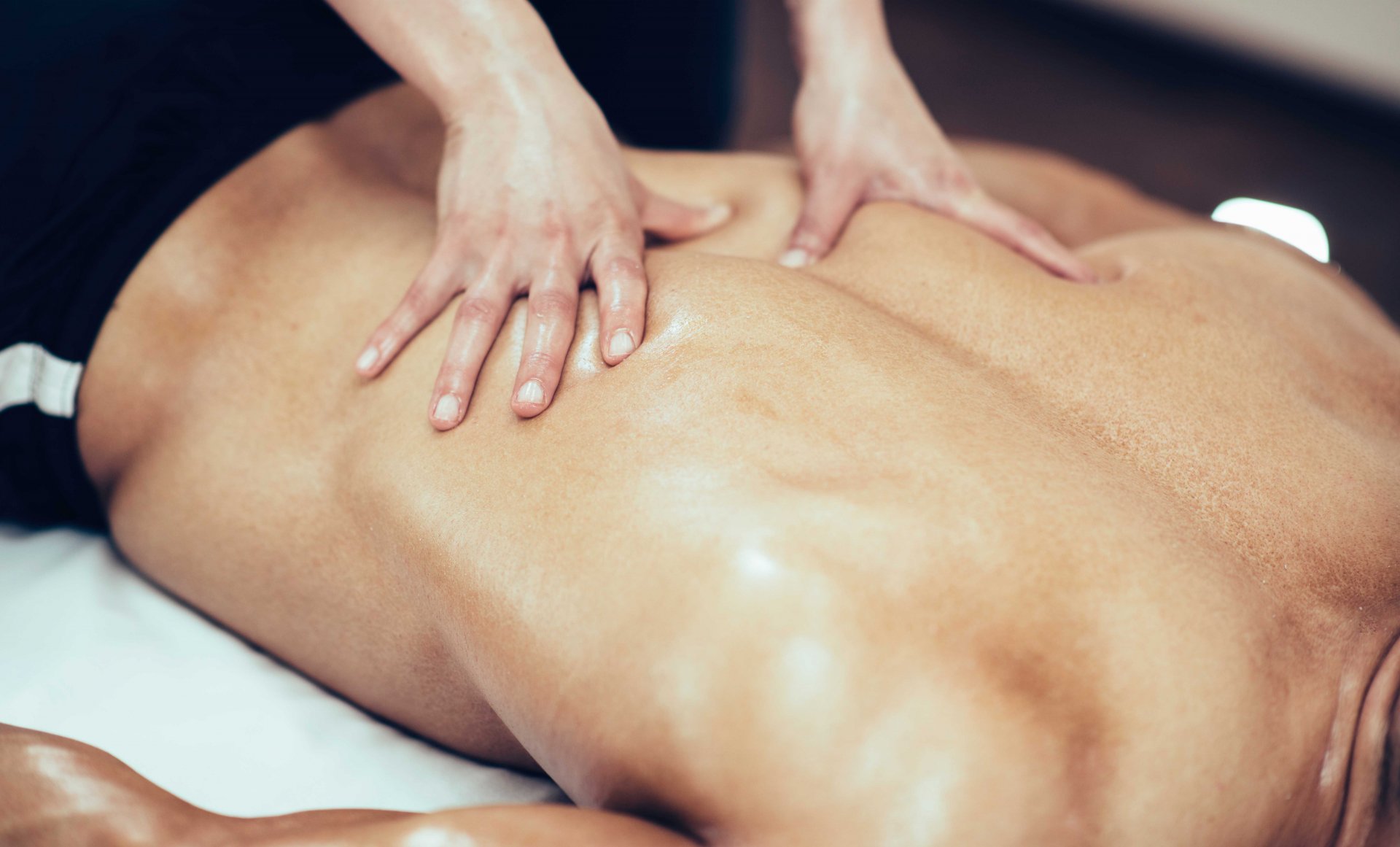Montreal masso-kinesitherapy

As information multiplies, compares and clusters in all fields, several concepts are reinforced and sometimes become quite telling to break through in popularity. The health field is particularly prone to this phenomenon, with training and nutrition concepts such as keto dieting or crossfit.
In manual therapy, one of these buzzword concepts is muscle chains. Although each of these concepts has its own relevance, I would like to popularize the merits of muscle chains for you today.
I hope to help you understand the role they play in the design of your body in the eyes of your therapists.
What is a muscle chain?
Although there is still no official definition, the definition proposed by Françoise Mézières (the first recognized user of the term) is rather satisfactory: "a set of poly-articular muscles, of the same direction and whose insertions overlap one another like tiles on a roof" (1) .
The concept has continued to evolve since its first appearance, but the meaning remains essentially the same. In this definition, there are several elements.
First, the muscles that make up a muscle chain extend across several joints.
Secondly, the muscle fibers that make up the muscles are more or less an extension of those of other muscles in the same chain.
Third, and finally, the origins and insertions of the muscles are close enough to offer an extension of the mechanical work from one muscle to another. With these criteria, anyone could, during a dissection, identify different muscle chains.
Common work
Muscles that are links in the same line often perform common, or at least strongly related, movements. This is because their endings are often common to each other, and the orientation of their muscle fibers are in approximate continuity from one muscle to another. Let's take the most obvious example, the paravertebral muscles.
The paravertebral muscles are in fact a group of muscles (which include the various longissimus, semispinatus, ilio-costalis and multifidus muscles) that perform several movements including the extension of the intervertebral joints. Some of them move only one vertebral level at a time, a rather minimal movement individually, but when all these muscles work together, they allow a movement of great amplitude and precision.
It is the communication within this muscle chain that allows you to make your blind spot in the car. Moreover, if one part of the chain is not able to do its part of the work, the other links will often have to work harder to ensure that the movement is carried out anyway. So these muscles are linked for better or worse.
The exact match
The body is a very complex and sometimes imperfect machine. Two muscles belonging to the same muscle chain have endings that sometimes only partially overlap, which could reinforce the skepticism of some people about the concept of chains. On the other hand, there are also several examples of exact correspondence between the endings of certain links that serve as fairly strong evidence in favor of the concept. A good example of this is the splenius of the right head which begins at the mastoid process of the skull and ends at the spinous processes of the C7 to D3 vertebrae. These same C7-D3 landmarks are the origin of the left rhomboid fibers that extend the path to the medial border of the left scapula. Once again, the medial border of the left scapula is also the beginning of the anterior serratus major muscle that will extend the path to the first ten ribs. This chain (called the spiral chain 2 ), once observed, is difficult to attribute to simple chance and suggests a logical, even intelligent organization of the musculature.
The linking method
Beyond the nervous coordination of the movements of these muscles of the same chain, there is a structural link that reinforces the lines that these chains run. Each of the structures of our bodies are covered by a fascia, a connective tissue that supports, maintains and protects them. These fascias tend to develop a variable level of adhesion and connectivity with other surrounding fascias. In the case of muscle chains, dissections reveal that the chain muscles have particularly strong facial connections, which facilitate communication from one end to the other, the transmission of tension, and also sometimes pain. Although the principle of creating these connections is not yet well established in the scientific literature, there is clear evidence of its presence and effects, such as the myofascial pain syndrome 3 .
Relevance to manual therapy
Adding the conceptual lens of muscle chains to your therapist's vision allows him or her to see your body and your issues in a more holistic way, and to identify possible contributing factors to your discomforts that may not otherwise be evident.
Since our bodies function in much the same way from person to person, familiarity with certain recurring and important chains allows us to develop and refine clinical approaches that generate important results.
However, beyond the chains that are present in everyone, other chains can also develop in an unorthodox way in someone who repeatedly performs a particular task.
In this case, it is interesting to identify the development of the muscle fascia association in order to be able to relieve any tension that may accumulate and cause discomfort.
Conclusion
Muscle chains are just a buzzword with no basis in fact. The concept is based on structural evidence that is observable to the naked eye, sometimes with striking eloquence. The body has evolved to optimize the way our muscles work together, and our still imperfect understanding is slowly learning to integrate this concept into the therapeutic understanding of our clients' bodies.
Many questions remain unanswered about muscle chains, but we can be satisfied with their understanding and the clinical results they are providing for now.
-- Sources
1 Françoise Mézière, Originality of the Mézières Method. Maloine
2 Anatomy trains
3 ncbi.nlm.nih.gov/pmc/articles/PMC4285362


